In a 4K security camera, the primary difference between HDR (High Dynamic Range) and WDR (Wide Dynamic Range) lies in their method of balancing light and dark areas. WDR is a hardware-based solution that uses advanced sensors and image signal processors to capture multiple images at different exposure levels simultaneously and combine them into one optimal frame. In contrast, HDR is a software-based technique that takes several consecutive images at different exposures and merges them to create a single, more balanced image. WDR generally offers superior performance in highly dynamic scenes with extreme backlighting, making it ideal for professional security applications.

Table of Contents
- What Is Dynamic Range and Why Does It Matter for 4K Security?
- How Does Wide Dynamic Range (WDR) Work?
- How Does High Dynamic Range (HDR) Function?
- Which Technology Is Superior? A Head-to-Head Comparison
- In Which Scenarios Should You Prioritize WDR?
- When is HDR the Better Choice for Your Camera?
- Can a Security Camera Have Both HDR and WDR?
- Why Is 4K Resolution the Key to Unlocking Full HDR and WDR Potential?
- How Do You Choose the Right Camera for Your Needs?
What Is Dynamic Range and Why Does It Matter for 4K Security?
Dynamic range in video refers to the ratio between the lightest and darkest tones a camera can capture in a single frame. A camera with a low dynamic range will struggle in scenes with both bright sunlight and deep shadows. The result is often footage where bright areas are "blown out" (completely white) or dark areas are "crushed" (completely black), losing critical details in the process. For a security camera, losing this detail can mean the difference between identifying a person's face or missing it entirely.
This challenge is magnified with a 4K Security Camera. While 4K resolution provides four times the pixels of 1080p for incredible sharpness, that clarity is meaningless if the image is poorly exposed. Technologies like WDR and HDR are essential for ensuring that every one of those eight million pixels is capturing useful information, not just pure white or black. They preserve the intricate details that 4K resolution promises, making your security footage truly effective.
How Does Wide Dynamic Range (WDR) Work?
Wide Dynamic Range is an advanced camera sensor and processor technology designed to handle extreme variations in light within a single scene. It works by capturing different parts of the image using different exposure times simultaneously. This hardware-level capability allows the camera to produce a clear, evenly lit image even in challenging high-contrast environments.
Understanding True WDR: The Hardware Solution
True WDR utilizes sophisticated image sensors, such as CMOS sensors with double or multi-exposure capabilities. In essence, the sensor captures at least two frames of the same scene at the exact same time: one with a long exposure to capture details in the dark areas and one with a short exposure to capture details in the bright areas. An advanced Image Signal Processor (ISP) then intelligently combines these frames, pixel by pixel, to create a single, perfectly balanced image where no detail is lost to shadow or glare.
Because this process is executed by dedicated hardware, True WDR is exceptionally fast and effective. It excels at mitigating issues like intense backlighting from a doorway or window, or the glare of headlights at night. This makes it the preferred technology for professional-grade security installations where image clarity is non-negotiable.
What About Digital WDR (DWDR)?
Digital WDR (DWDR) is a software-based alternative to True WDR. Instead of using specialized sensors, DWDR uses algorithms to digitally brighten the darkest parts of the image and darken the brightest parts. It works with a single-exposure frame and manipulates the tones to create a more balanced result. While DWDR improves image quality over a camera with no dynamic range enhancement, it is less effective than True WDR. The digital manipulation can sometimes introduce image noise or artifacts and does not recover detail that was completely lost in the initial exposure.
How Does High Dynamic Range (HDR) Function?
High Dynamic Range is a widely recognized term, often associated with consumer electronics like TVs and smartphones. In security cameras, it functions as a software-based image processing technique to balance lighting. Unlike WDR, which captures multiple exposures simultaneously, HDR captures a sequence of frames at different exposure levels one after another—typically an underexposed, a normally exposed, and an overexposed shot.
The Software-Based Image Blending Technique
Once the sequence of images is captured, the camera's processor performs a task called "tone mapping." It analyzes the three (or more) images, takes the best-lit parts from each one, and merges them together. It uses the detail from the underexposed shot for the bright areas, the overexposed shot for the dark areas, and the normal shot for the mid-tones. The result is a single composite image that has a greater range of color and luminance than any of the individual source images.
Because HDR relies on capturing consecutive frames, it can sometimes introduce motion blur or "ghosting" artifacts in scenes with fast-moving objects. However, modern processors and algorithms have become very effective at minimizing these issues, making HDR an excellent feature for many residential and light commercial security applications.
Which Technology Is Superior? A Head-to-Head Comparison
While both WDR and HDR aim to solve the same problem, their methods and effectiveness differ. Understanding these differences is crucial for selecting the right camera technology for your specific security needs.
| Feature | Wide Dynamic Range (WDR) | High Dynamic Range (HDR) |
|---|---|---|
| Methodology | Hardware-based: Uses advanced sensors and ISPs to capture multi-exposure images simultaneously. | Software-based: Captures consecutive images at different exposures and merges them. |
| Performance in Motion | Excellent. Simultaneous capture prevents motion blur or ghosting artifacts. | Good to fair. Can be susceptible to motion blur in fast-moving scenes due to sequential capture. |
| Ideal Environment | Extreme high-contrast scenes: building entrances, parking garages, areas with direct sunlight and deep shadows. | Moderately high-contrast scenes: backyards with mixed sun and shade, indoor rooms with windows. |
| Image Quality | Often produces a more natural and clear image with superior detail recovery in extreme conditions. | Can sometimes produce an overly vibrant or slightly unnatural-looking image, but is very effective. |
| Technology Tier | Typically found in higher-end, professional-grade security cameras. | Common in both consumer and professional cameras. |
In Which Scenarios Should You Prioritize WDR?
You should prioritize a camera with True WDR technology in environments where the lighting conditions are consistently challenging and contain extreme contrasts. WDR is the superior choice for monitoring:
- Building Entrances and Lobbies: A person entering from bright sunlight into a darker indoor space creates intense backlighting. WDR ensures the person's face is clearly visible, not a dark silhouette.
- Parking Garages and Tunnels: The transition from bright daylight to a dark interior makes it difficult for standard cameras to capture license plates or faces. WDR excels here.
- Loading Docks: The constant opening and closing of bay doors creates fluctuating and high-contrast light that WDR can handle without issue.
- Scenes with Fast Motion: Because WDR captures exposures simultaneously, it is the only reliable choice for monitoring high-traffic areas where motion blur from HDR would be a problem.
When is HDR the Better Choice for Your Camera?
HDR technology is highly effective and often the perfect solution for a wide range of common security scenarios, particularly in residential settings. Consider a camera with HDR when monitoring:
- Residential Front Yards or Backyards: These areas often have a mix of bright, sunny spots and shadows from trees or buildings. HDR does an excellent job of balancing this light to provide a clear view of the entire area.
- Indoor Rooms with Windows: For monitoring a living room or office, HDR can prevent the view outside the window from being completely blown out while keeping the details inside the room visible.
- Static Scenes: In locations where you don't expect frequent, high-speed movement, the potential for motion blur with HDR is negligible, making it a cost-effective and powerful option.
Can a Security Camera Have Both HDR and WDR?
The terms HDR and WDR are sometimes used interchangeably in marketing, which can be confusing. However, they are distinct technologies. A camera will typically feature one or the other as its primary method for handling dynamic range. True WDR is a hardware feature of the sensor itself, while HDR is a software process. It's uncommon for a single camera to actively market and implement both as separate, selectable features. Usually, a manufacturer will choose the technology that best suits the camera's intended application and hardware capabilities. A high-end camera with a True WDR sensor provides the most robust solution and does not need to rely on the software-based HDR method.
Why Is 4K Resolution the Key to Unlocking Full HDR and WDR Potential?
Pairing 4K resolution with WDR or HDR is not just about making a pretty picture; it's about extracting actionable intelligence from your security footage. The ultra-high resolution of 4K provides a massive canvas of pixels. WDR and HDR act as the lighting technicians, ensuring every part of that canvas is properly exposed and full of detail.
Imagine trying to identify a license plate from a distance. A 1080p camera might capture the plate, but the pixels could be too washed out by glare or too dark in a shadow to be legible. A 4K camera with WDR not only captures more pixels representing the plate but also ensures those pixels are the correct color and brightness, making them sharp and readable. Leading a 4K Security Camera must not only capture a high-resolution image but also process it intelligently. This is where the advanced image signal processors (ISPs) used in Botslab cameras make a significant difference, optimizing the data from the sensor to produce footage with exceptional clarity and balance.
How Do You Choose the Right Camera for Your Needs?
Making the right choice comes down to evaluating your specific environment. Ask yourself about the primary location you need to monitor. Is it a business entryway with severe backlighting where identifying every individual is critical? If so, a camera with True WDR is the professional's choice. Is it a residential backyard where you want to see clearly in both the sunny patches and the shadows under the deck? An HDR-equipped camera will perform beautifully and provide vibrant, detailed footage.
Ultimately, both technologies represent a massive leap forward from older cameras that couldn't handle mixed lighting. By understanding the core differences in how they operate, you can confidently invest in a camera that will deliver clear, usable footage when you need it most, ensuring your 4K resolution is put to its best possible use.


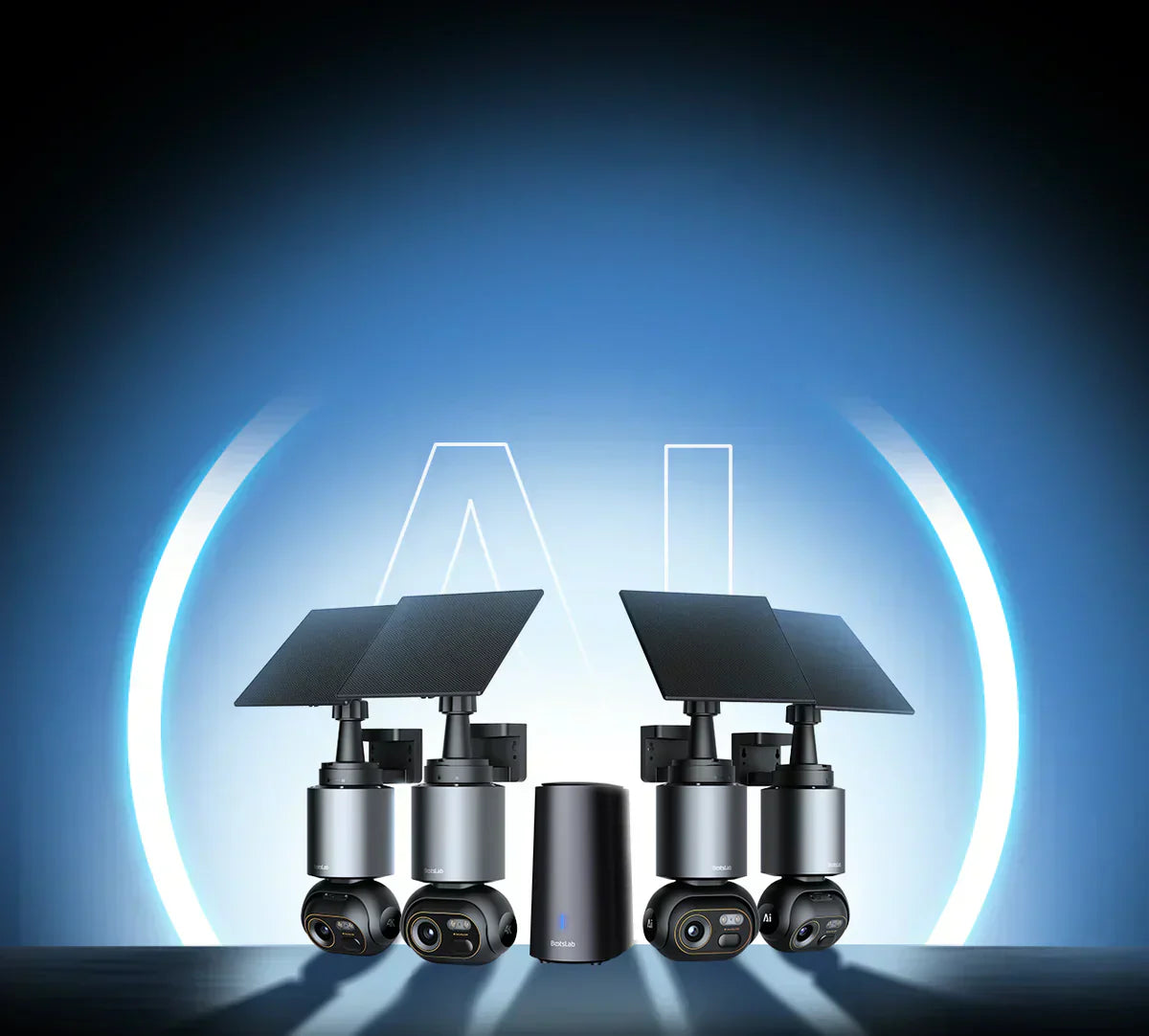
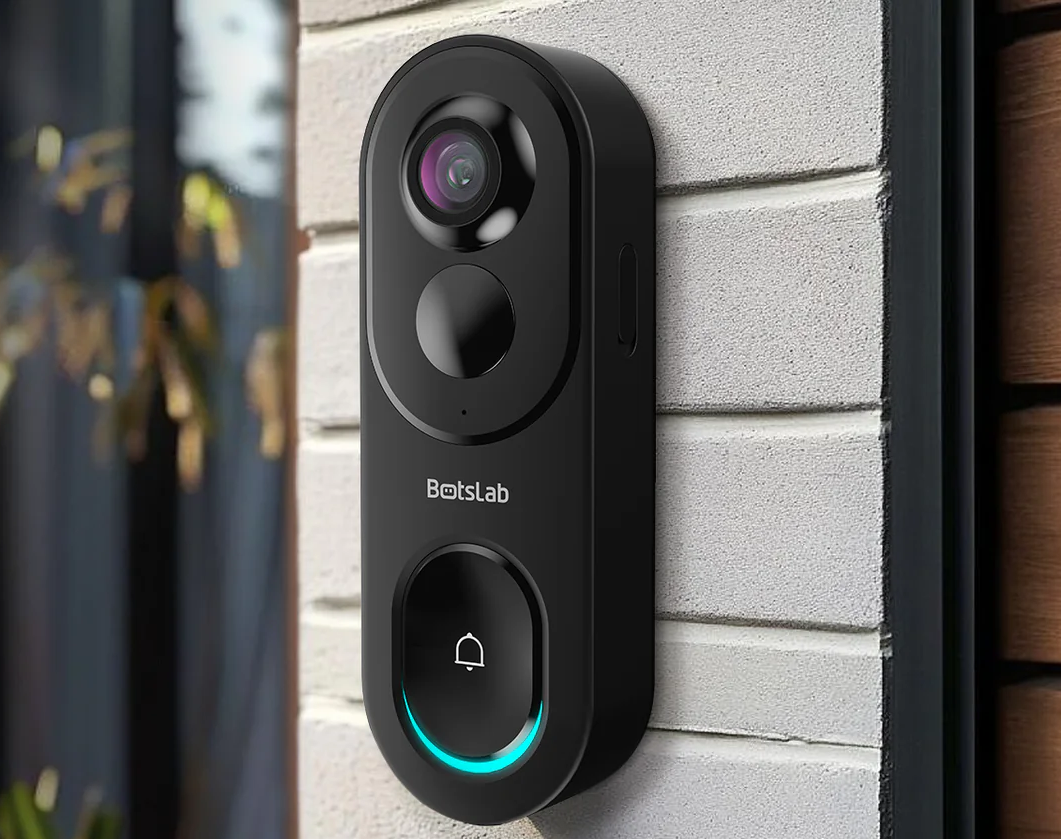
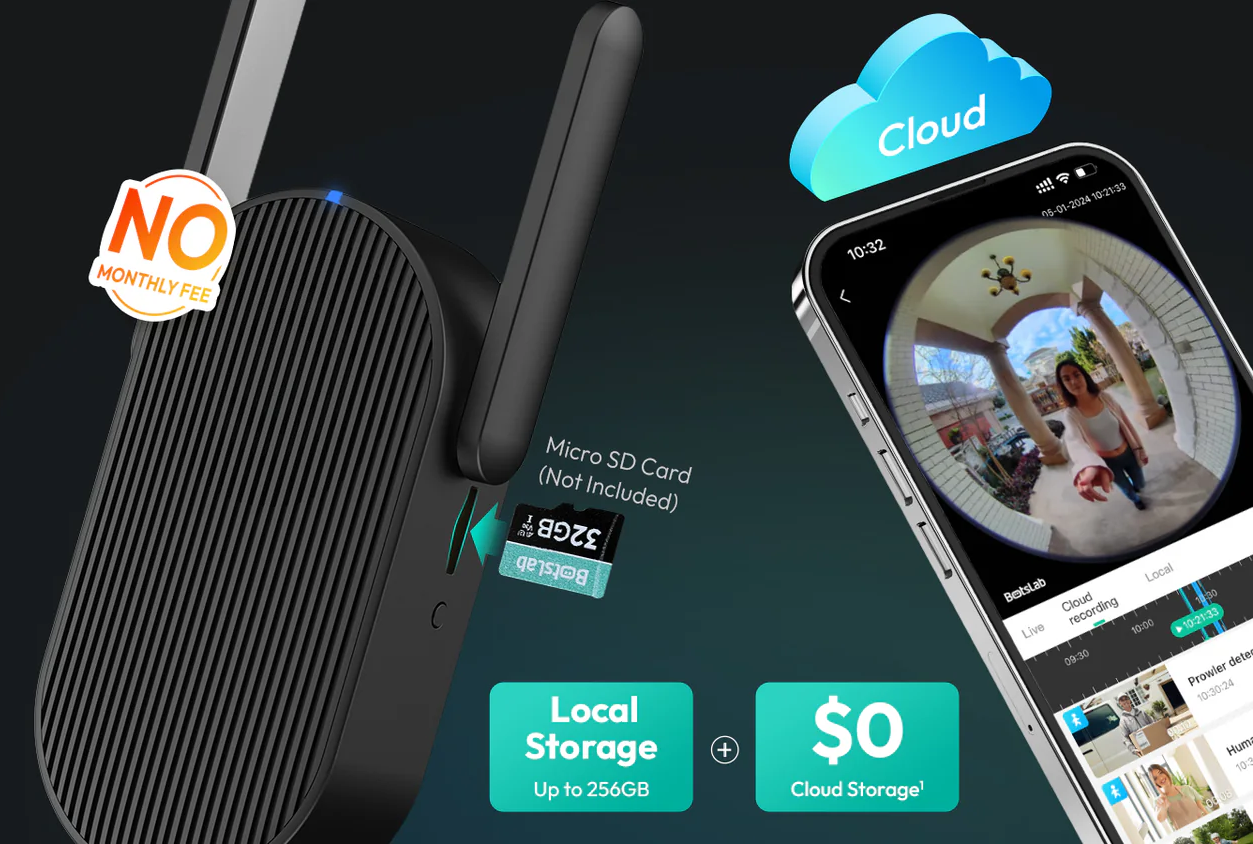



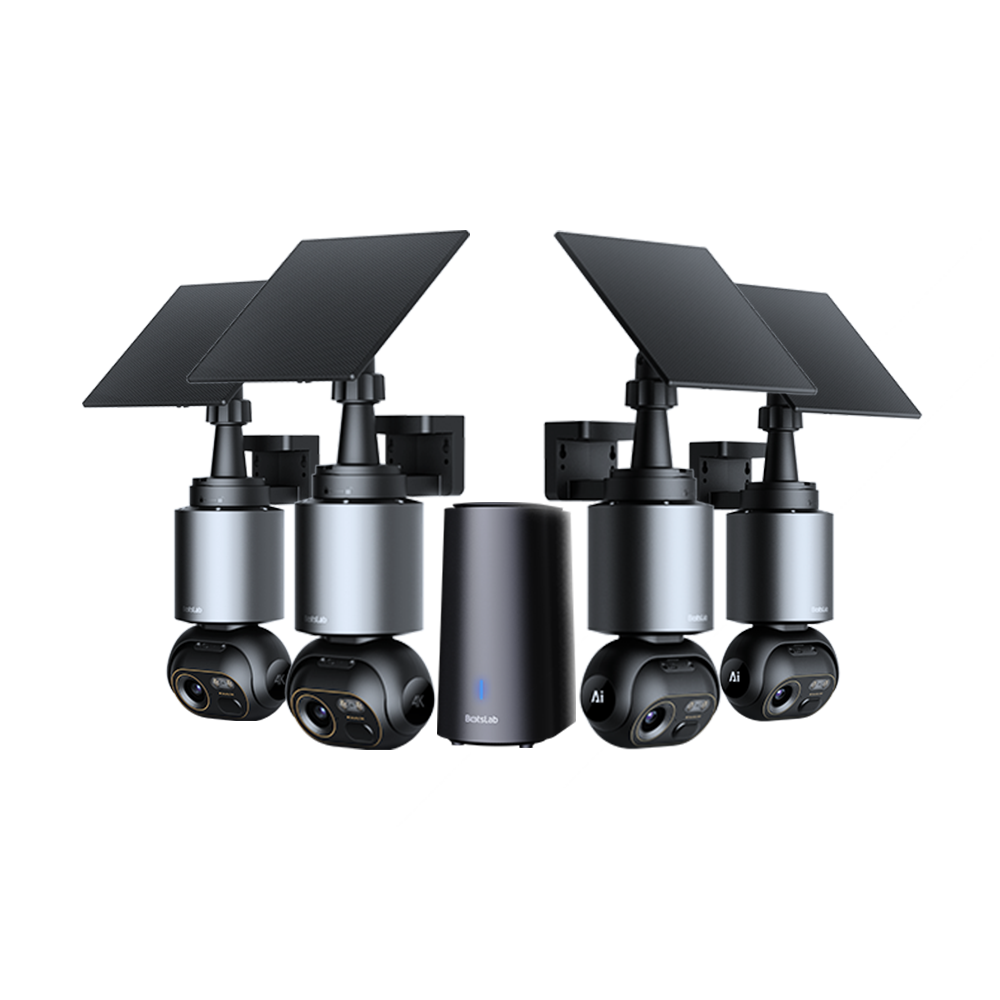




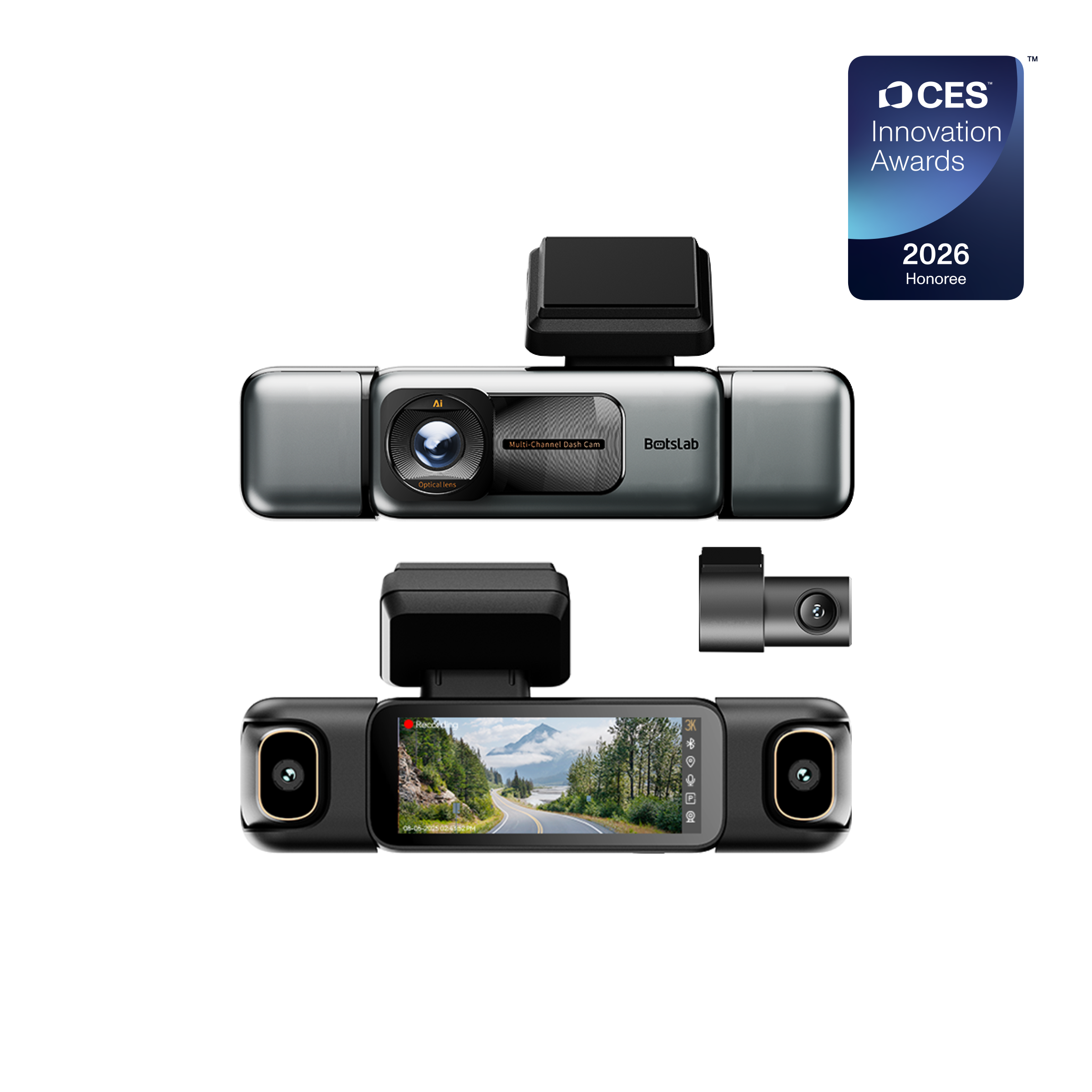
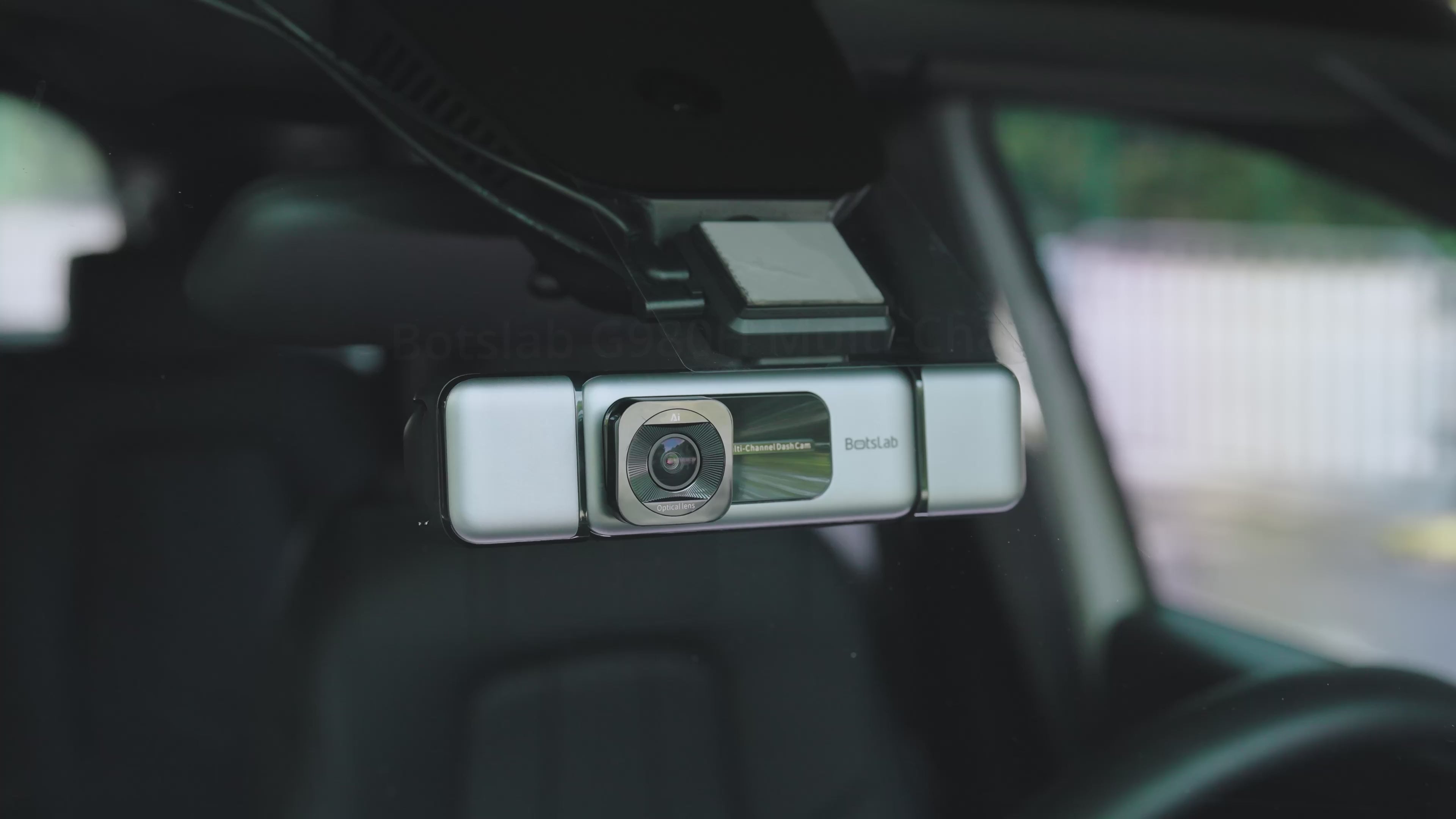
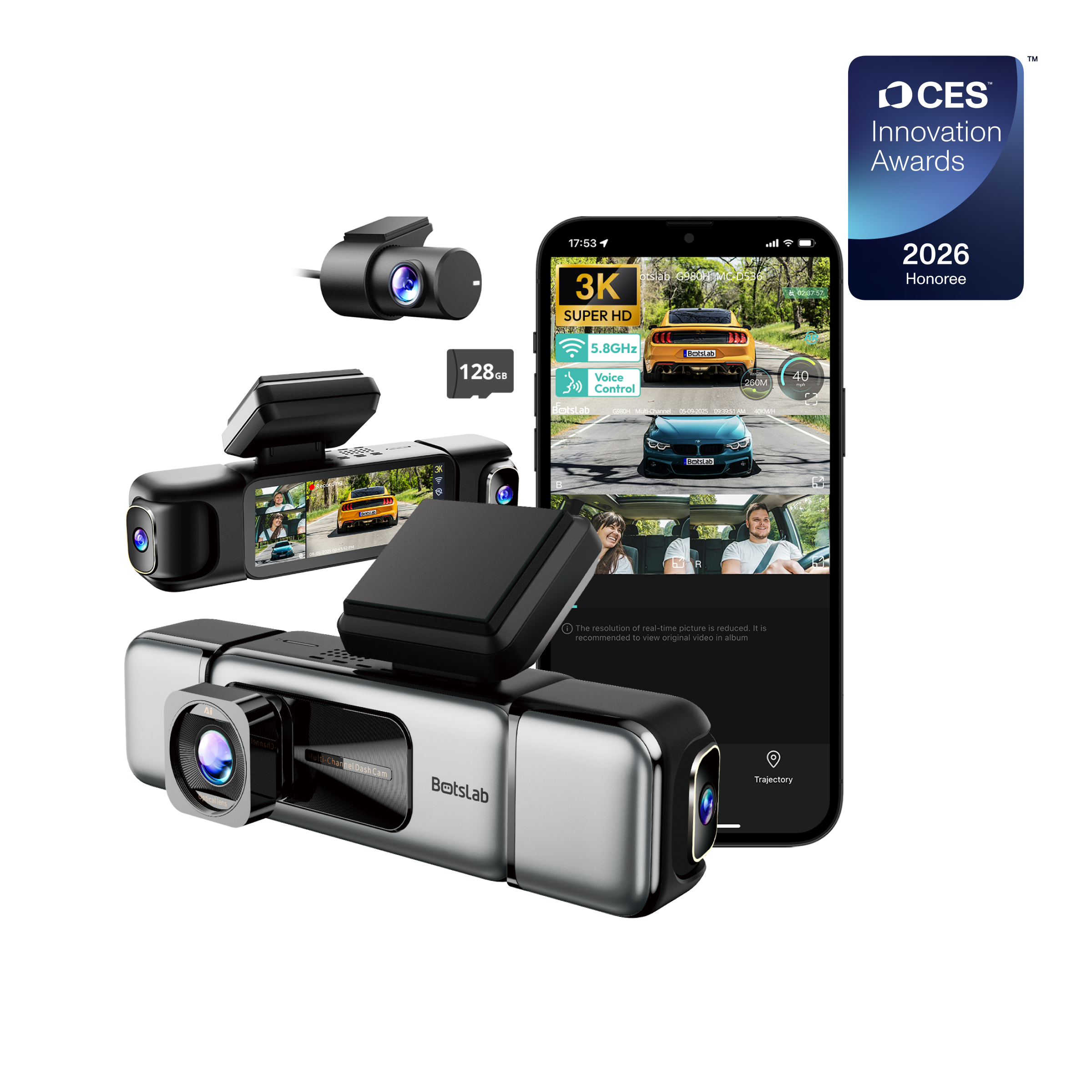

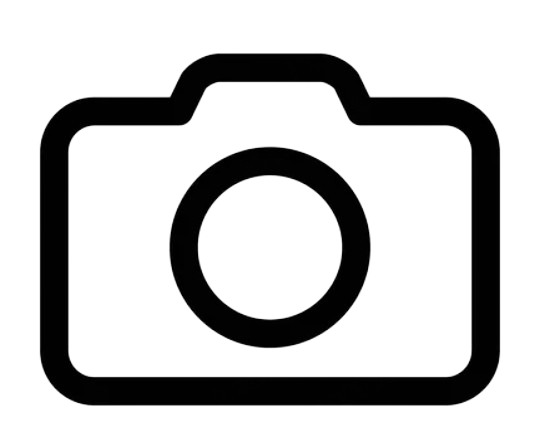

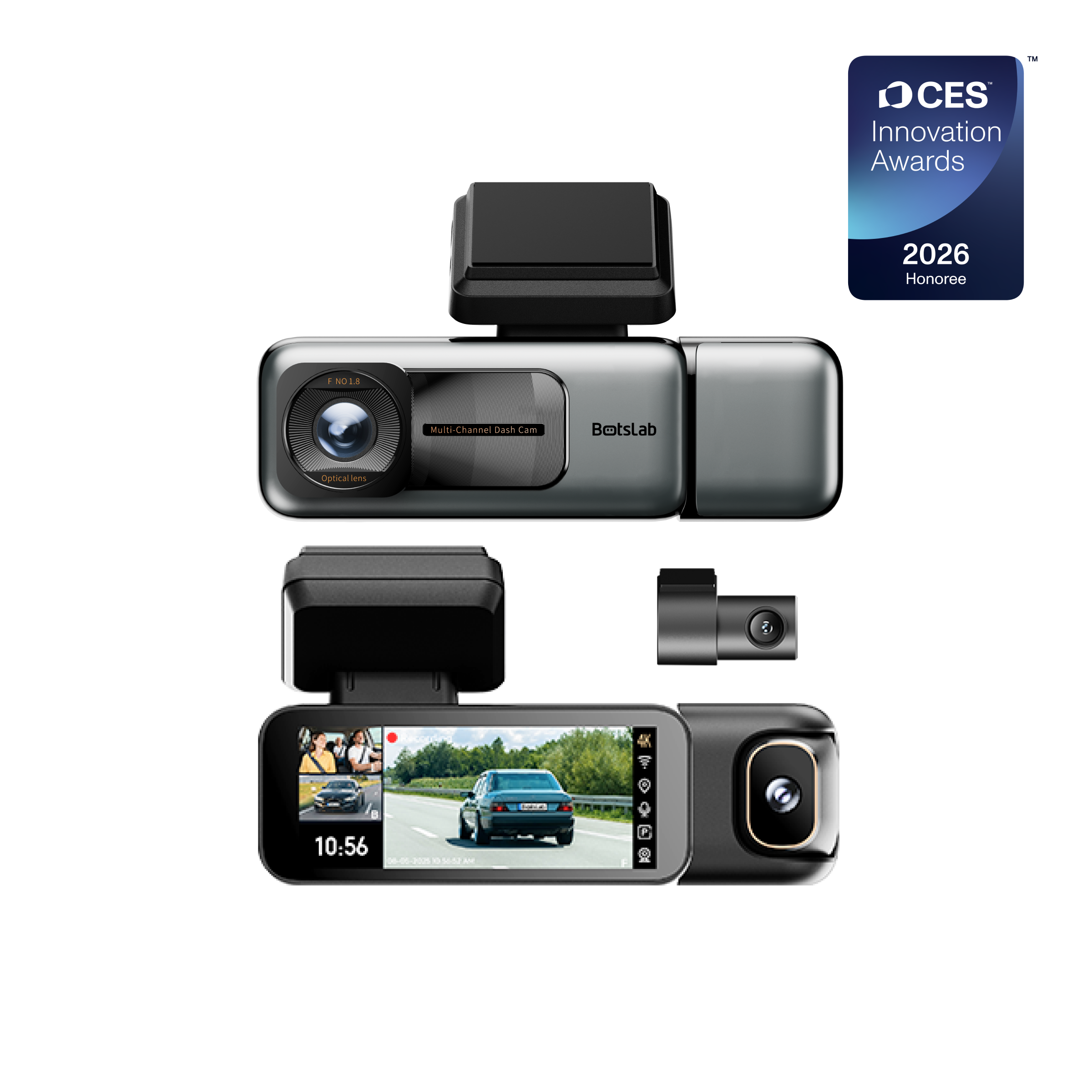
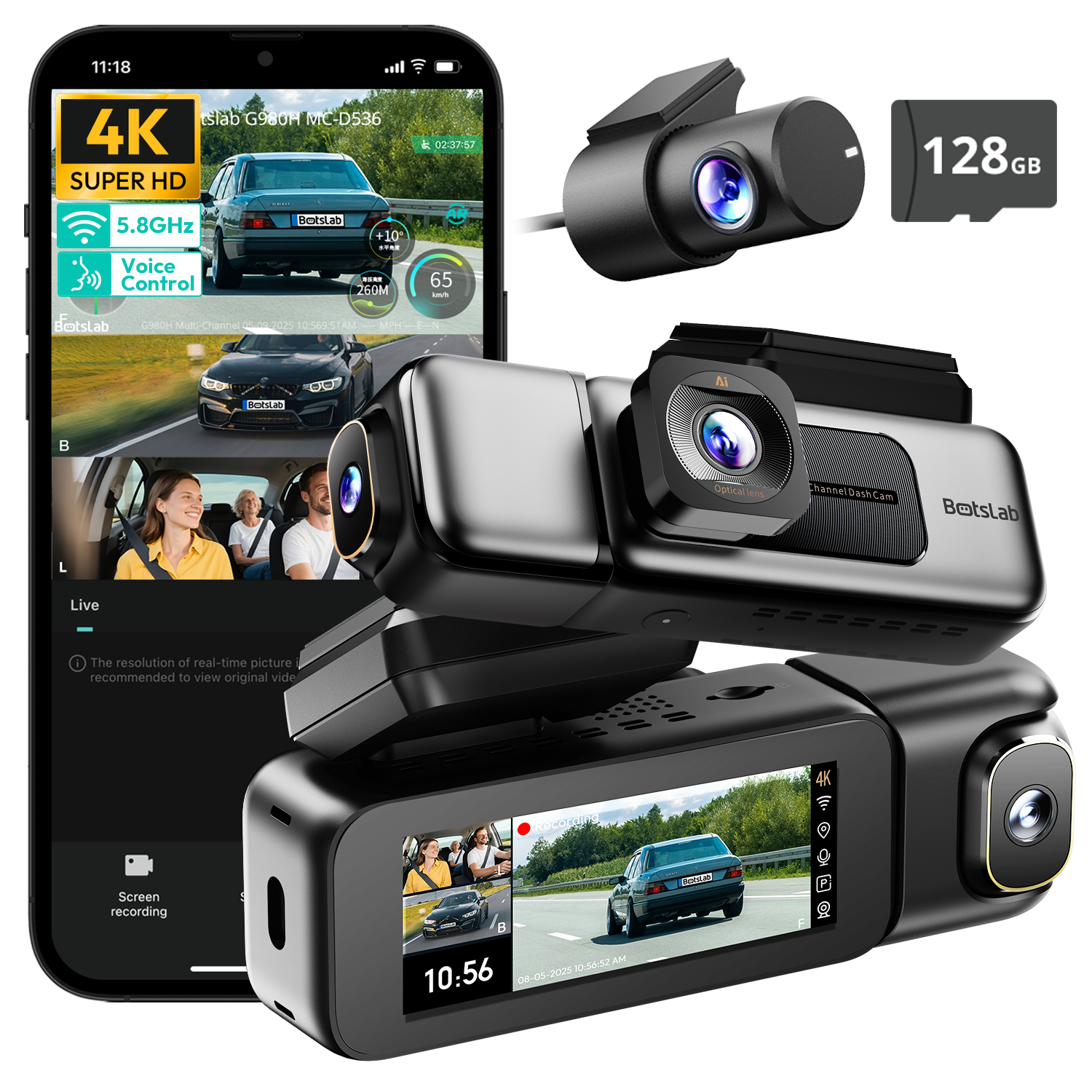

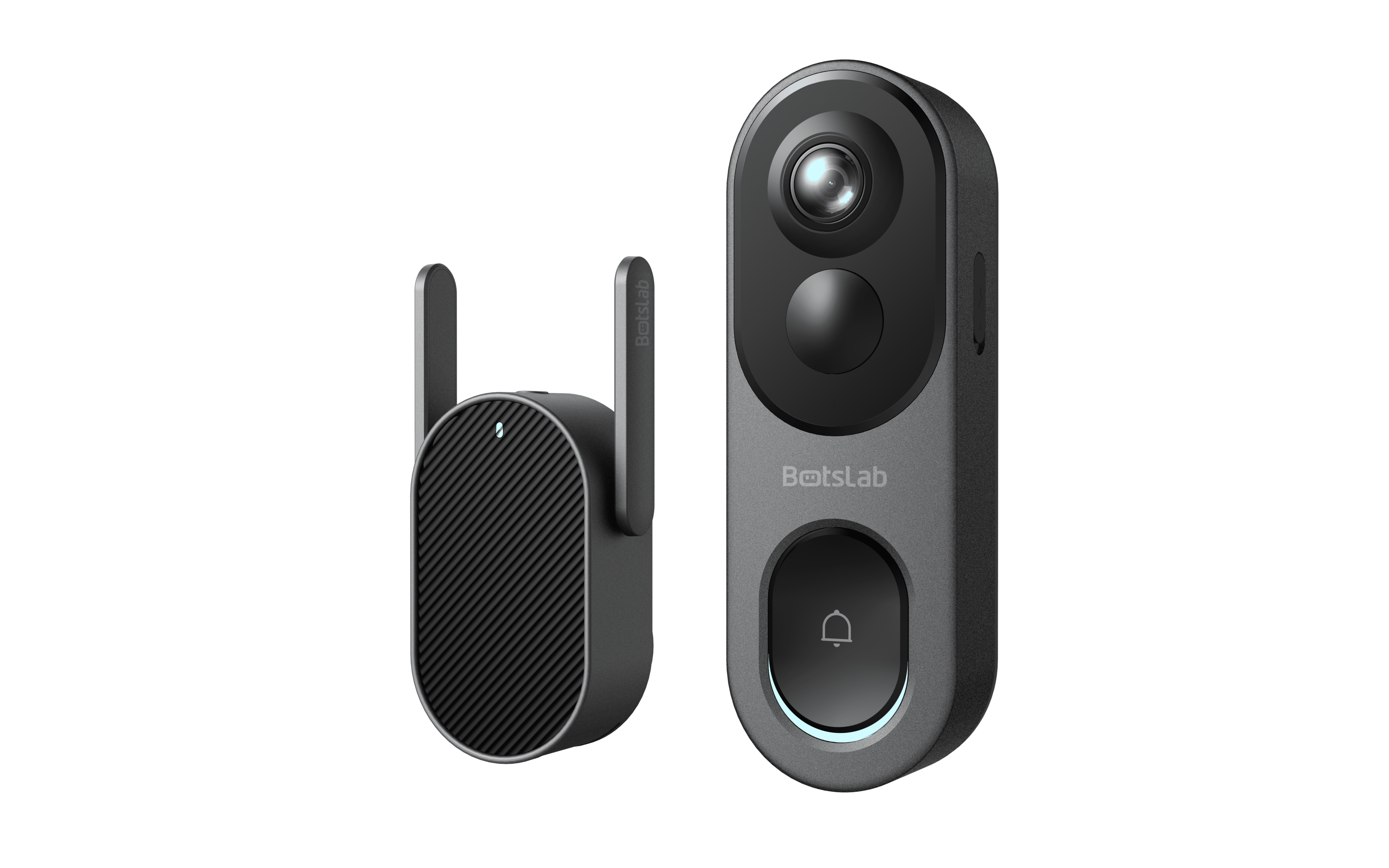


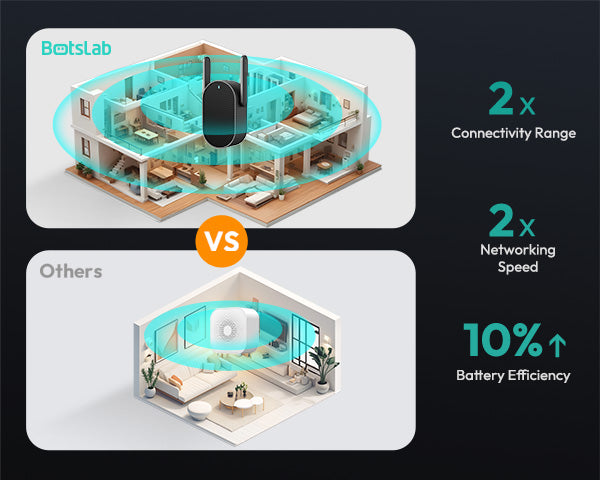




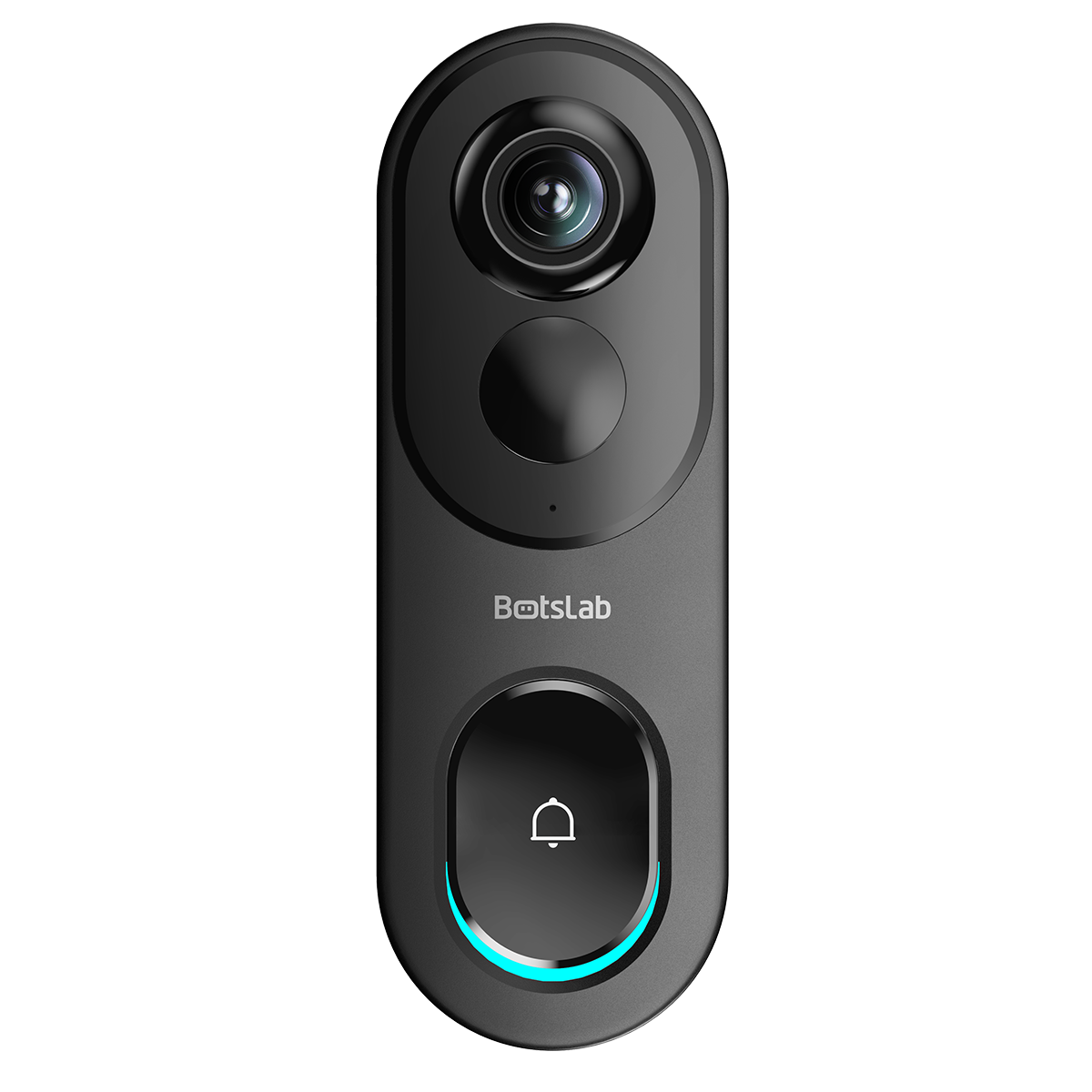


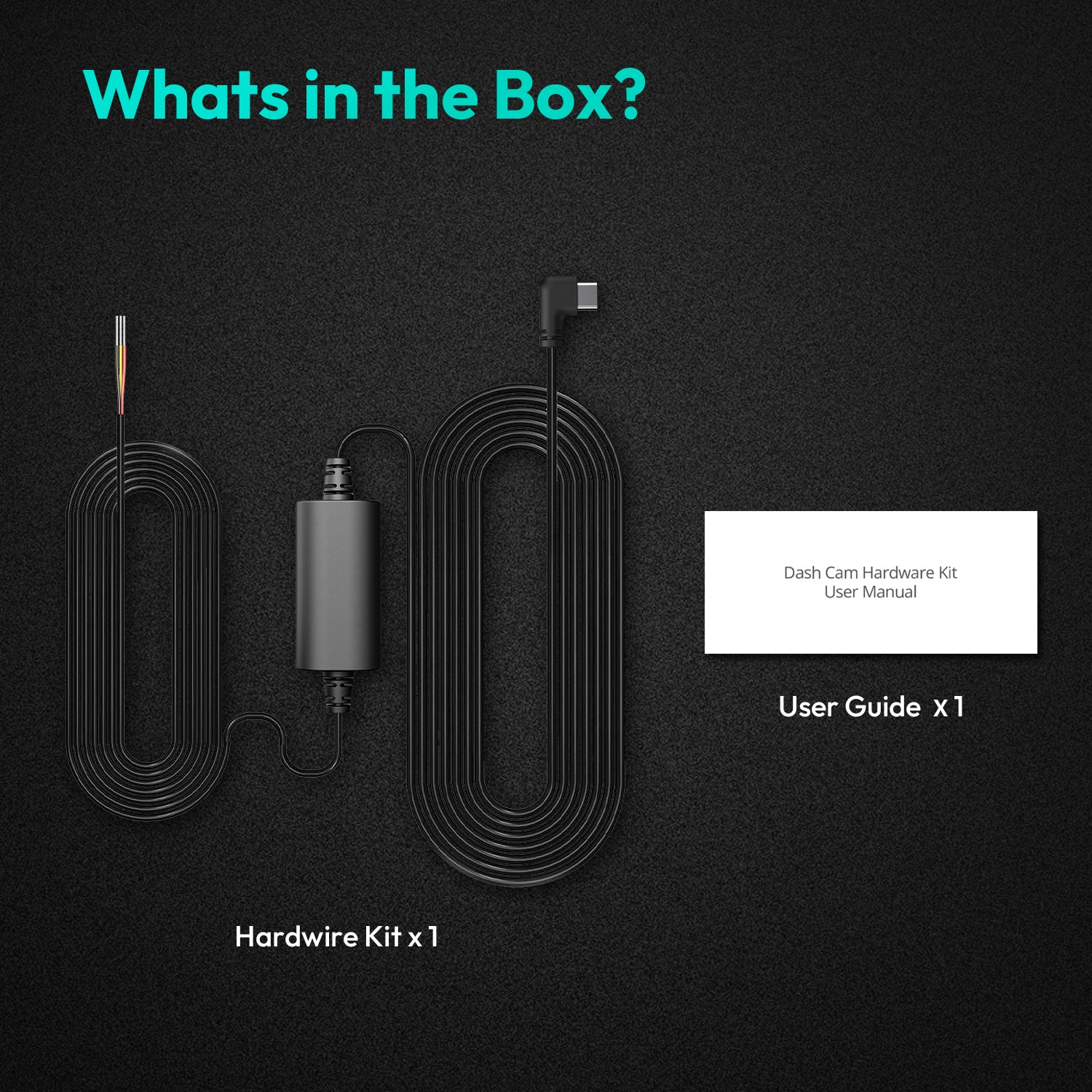
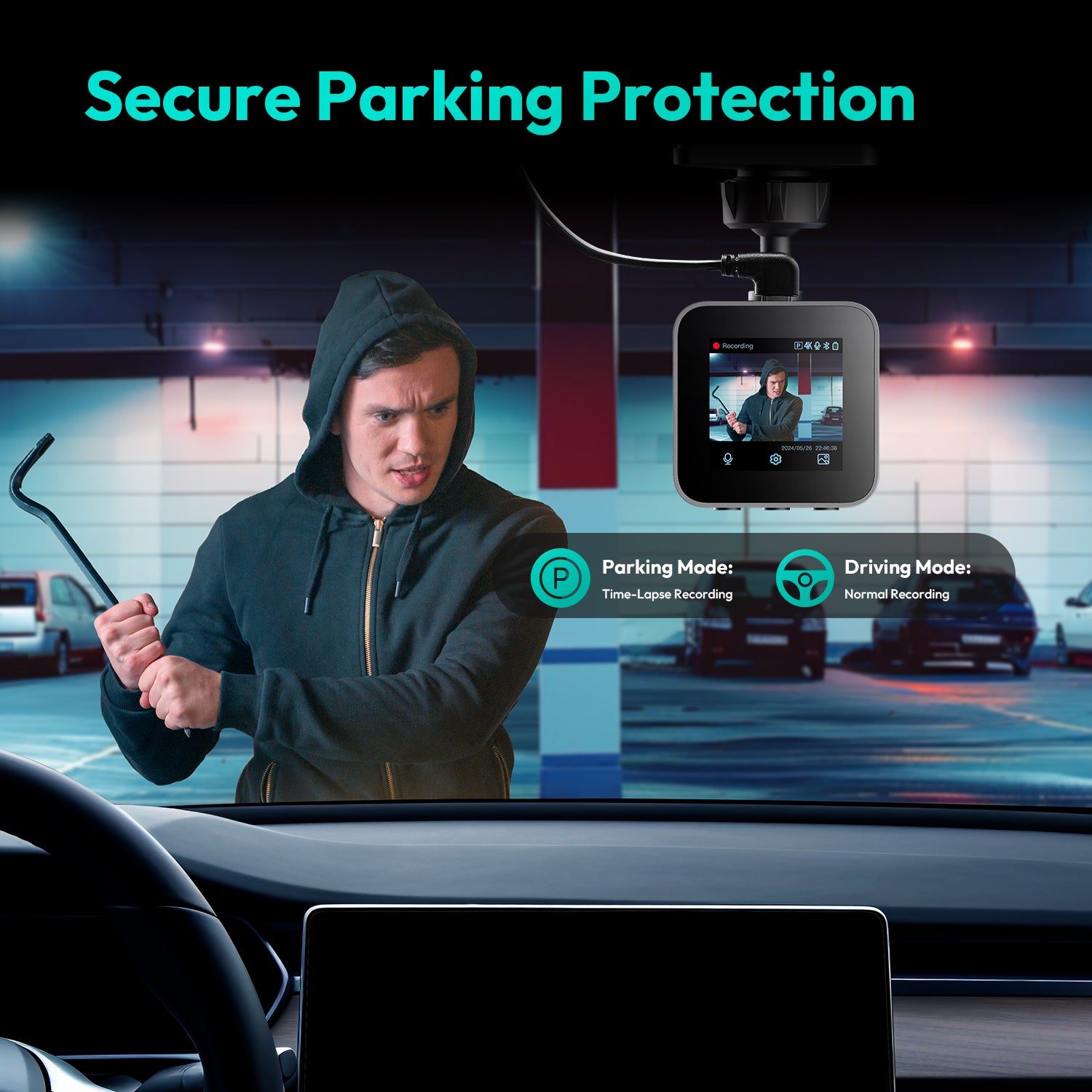
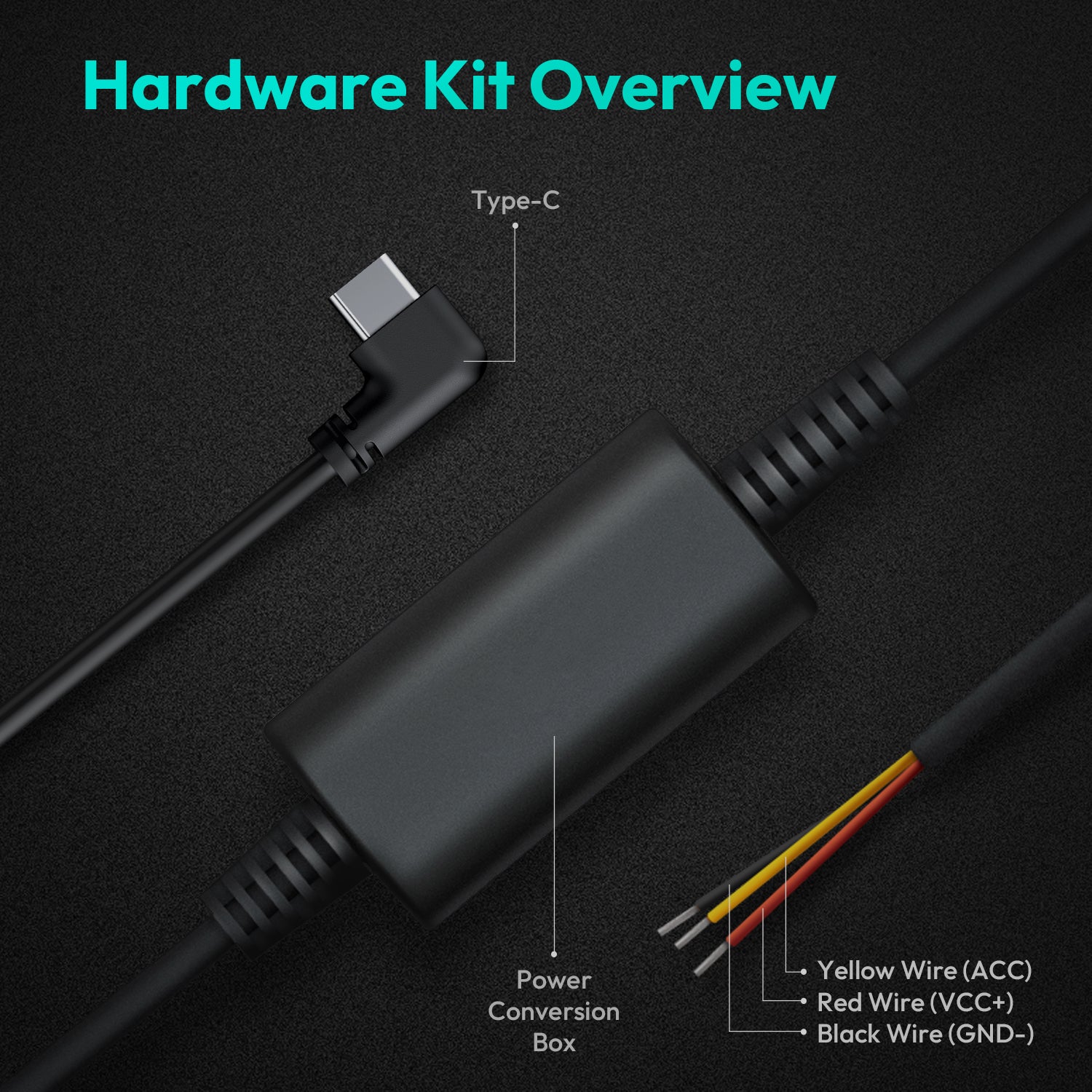

Share:
Best Wireless Outdoor Camera: Non-Invasive for Renters
How can I use my Pet Camera to dispense treats?